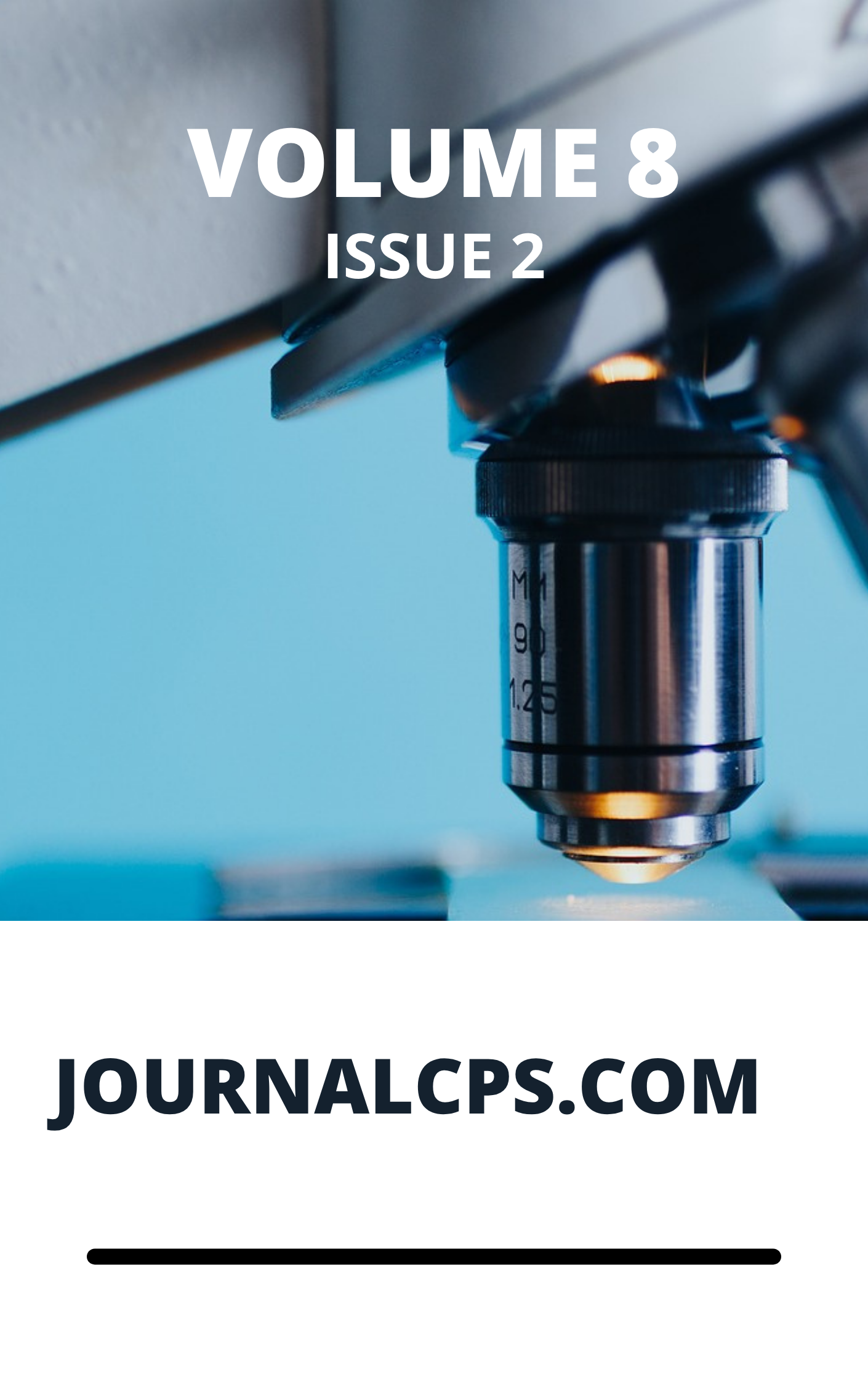Assay of Aliphatic Hydrocarbons in Soils from Selected Areas in Ughelli and its Environs, Delta State, Nigeria
Keywords:
Aliphatic hydrocarbons, analysis of variance (ANOVA), Gas chromatography flame ionization detector (GC-FID), SoilAbstract
Wisdom Ivwurie, and Oghenetega E. Okorodudu
The distribution pattern of aliphatic hydrocarbons (AHCs) was determined in soils and pure hydrocarbon compounds from selected areas in Ughelli and its environs (Delta State, Nigeria) were investigated in this work. The AHCs were quantified with gas chromatography equipped with a flame ionization detector (GC-FID) after extraction and cleanup with n-hexane. Sample collection for soils was from the surface (0-10cm) at various vicinity suspected to be polluted (i.e mechanic workshop, compound with usage of so much generator, flow-station environment, motor-way and filling station), while a control sample was also collected from virgin farmland. The pure hydrocarbon compounds which included diesel, fuel, carbon soot and spent engine oil were used to compare the concentration of AHCs present in the soil. The evaluated concentration of AHCs (nC8-nC40) ranged from 321,515 to 5,368,702 mg L-1 and 27.42 to 16733 µg kg-1 for pure hydrocarbon compounds and soils respectively. The concentration of n-alkanes in the soil samples showed some variations with contamination sources for different locations and consequently defined the trend, mechanic workshop soil > generator compound soil > flow-station soil > motorway soil > filling station soil. The molecular indices for aliphatic hydrocarbons showed that the aliphatic hydrocarbons in the soils might have originated from different anthropogenic sources.
Downloads
Published
Issue
Section
Most read articles by the same author(s)
- Ivwurie Wisdom, Okorodudu, E.Oghenetega, Assay of Aliphatic Hydrocarbons in Soils from Selected Areas in Ughelli and its Environs, Delta State, Nigeria , Communication In Physical Sciences: Vol. 8 No. 2 (2022): VOLUME 8 ISSUE 2
Similar Articles
- Ivwurie Wisdom, Okorodudu, E.Oghenetega, Assay of Aliphatic Hydrocarbons in Soils from Selected Areas in Ughelli and its Environs, Delta State, Nigeria , Communication In Physical Sciences: Vol. 8 No. 2 (2022): VOLUME 8 ISSUE 2
- Wisdom, Ivwurie, Daniel, Okiriguo, Evaluation of n-Alkanes Hydrocarbon from two Communities in Udu Local Government Area, Delta State , Communication In Physical Sciences: Vol. 7 No. 4 (2021): VOLUME 7 ISSUE 4
- Ivwurie Wisdom, Gabriel A. Akindeju, Assessment of Aliphatic Hydrocarbons in Soils from Selected Areas in Agbarho Communities, Delta State, Nigeria , Communication In Physical Sciences: Vol. 8 No. 3 (2022): VOLUME 8 ISSUE 3
- U. M. Etesin, Distribution of Benzene, Toluene, Ethyl Benzene, Xylene (Btex) and Polynuclear Aromatic Hydrocarbons (PAHs) in Diesel Fuel from Independent Marketers and Bunkering Activities in Nigeria , Communication In Physical Sciences: Vol. 4 No. 2 (2019): VOLUME 4 ISSUE 2
- Ivwurie Wisdom, Gabriel Akindeju, Assessment of Polycyclic Aromatic Hydrocarbons in Soils from Selected Areas in Agbarho Communities, Delta State, Nigeria , Communication In Physical Sciences: Vol. 8 No. 2 (2022): VOLUME 8 ISSUE 2
- Ajogwu Cordelia Odinaka, Aaron Auduson, Tope Alege, Yusuf Odunsanwo, Formation Evaluation Using Integrated Petrophysical Data Analysis of Maboro Field Niger Delta Sedimentary Basin, Nigeria , Communication In Physical Sciences: Vol. 11 No. 3 (2024): VOLUME 11 ISSUE 3
- Rakiya Haruna, M. A Saleh, S. Hashim, Radon in soil gas of Johor, Malaysia , Communication In Physical Sciences: Vol. 7 No. 4 (2021): VOLUME 7 ISSUE 4
- Edet O. Odokwo, Ngozi M. Uzoekwe, Gas Chromatography-Mass Spectrometry Vernonia Hymenolepis Analysis of the Solvent-Solvent Extract of Vernonia Hymenolepis Leaves , Communication In Physical Sciences: Vol. 8 No. 4 (2022): VOLUME 8 ISSUE 4
- Dr Fatai Afolabi, Mr Ismaila Jide Olawale, Professor Sunday 0. 0ladoye, Physicochemical, Phytochemical and Gas Chromatography- Mass Spectrometric Analyses of Gmelina Arborea Root Hexane Extract , Communication In Physical Sciences: Vol. 12 No. 6 (2025): Volume 12 ISSUE 6
- O.V. Ikpeazu, Ifeanyi E.Otuokere, K.K.Igwe, Gas Chromatography–Mass Spectrometric Analysis of Bioactive Compounds Present in Ethanol Extract of Combretum hispidum (Laws) (Combretaceae) Root , Communication In Physical Sciences: Vol. 5 No. 3 (2020): VOLUME 5 ISSUE 3
You may also start an advanced similarity search for this article.




